Recently, Albania’s Foreign Minister said that Albania is planning to open an Embassy in New Delhi, India while India will soon have a diplomatic mission in Tirana, Albania.
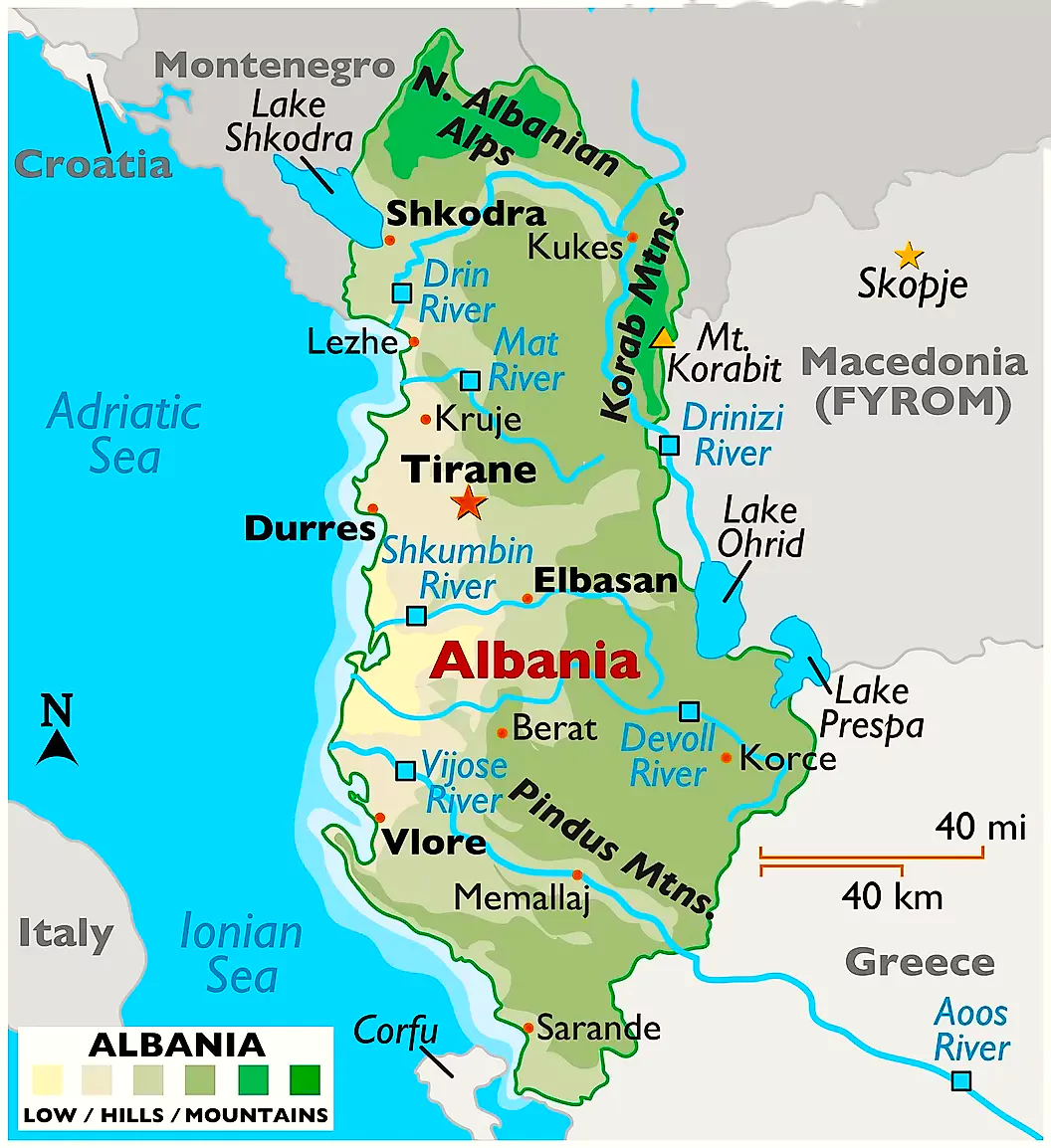
Importance of Albania For India
|
|---|
News Source: The Hindu
| Must Read | |
| NCERT Notes For UPSC | UPSC Daily Current Affairs |
| UPSC Blogs | UPSC Daily Editorials |
| Daily Current Affairs Quiz | Daily Main Answer Writing |
| UPSC Mains Previous Year Papers | UPSC Test Series 2024 |
In the recently published paper in the Physical Review Letters, the AE¯gIS team has described the laser cooling of Positronium atoms achieved from a Broad-based laser system.
Positronium (an electron orbiting a positron)
|
|---|
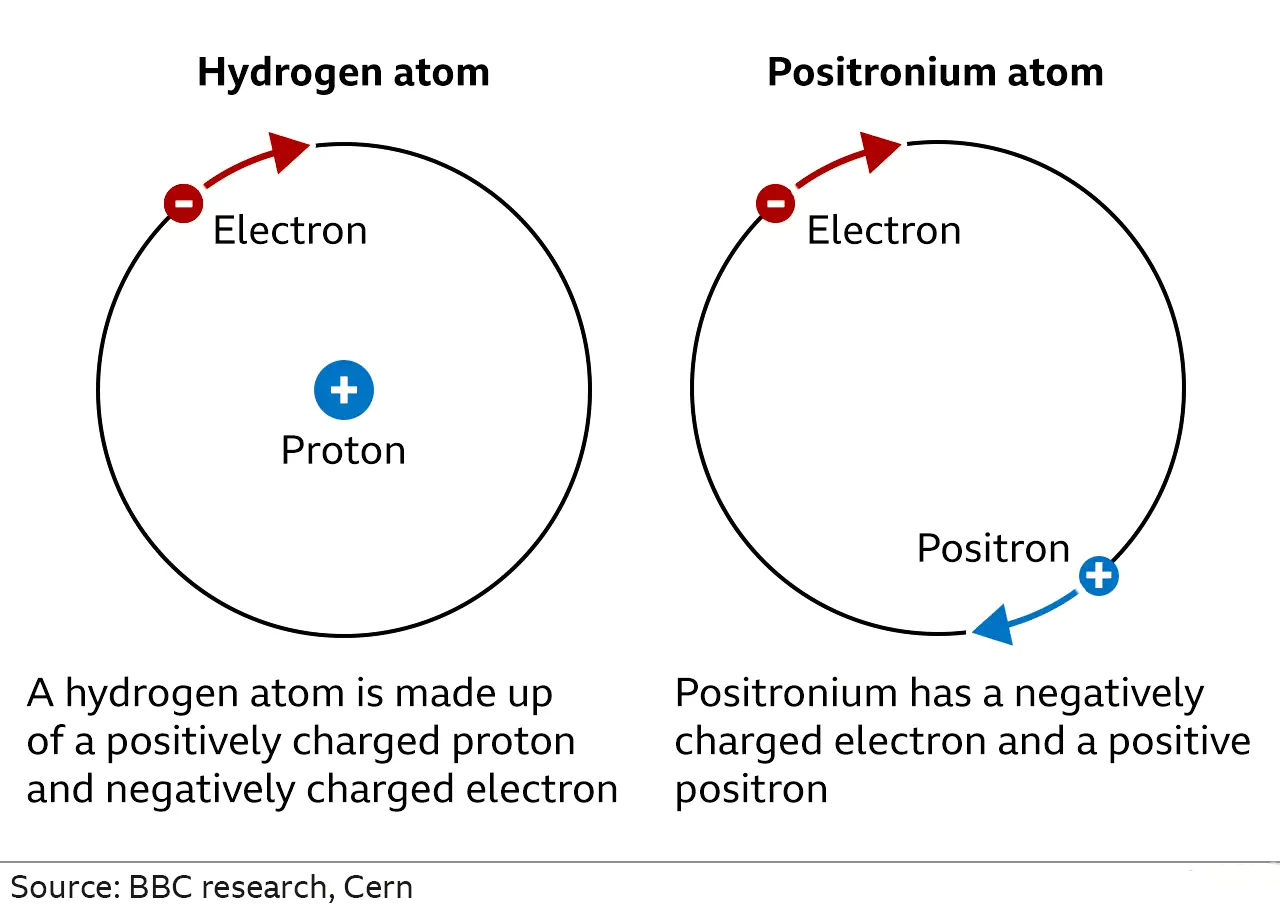
European Council for Nuclear Research CERN:
|
|---|
News Source: The Indian Express
| Must Read | |
| NCERT Notes For UPSC | UPSC Daily Current Affairs |
| UPSC Blogs | UPSC Daily Editorials |
| Daily Current Affairs Quiz | Daily Main Answer Writing |
| UPSC Mains Previous Year Papers | UPSC Test Series 2024 |
The Prime Minister dedicated to the nation two new Pressurized Heavy Water Reactors (PHWRs) at Kakrapar Atomic Power Station (KAPS).
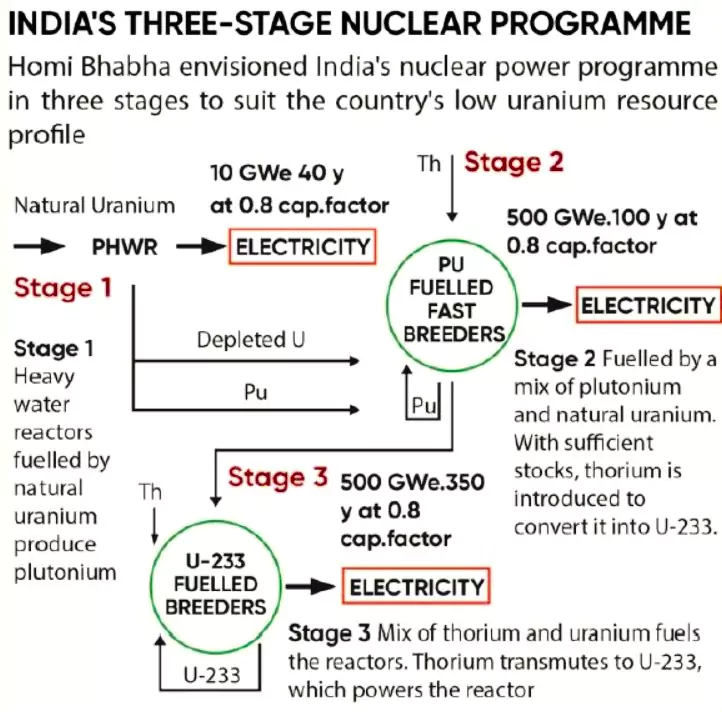
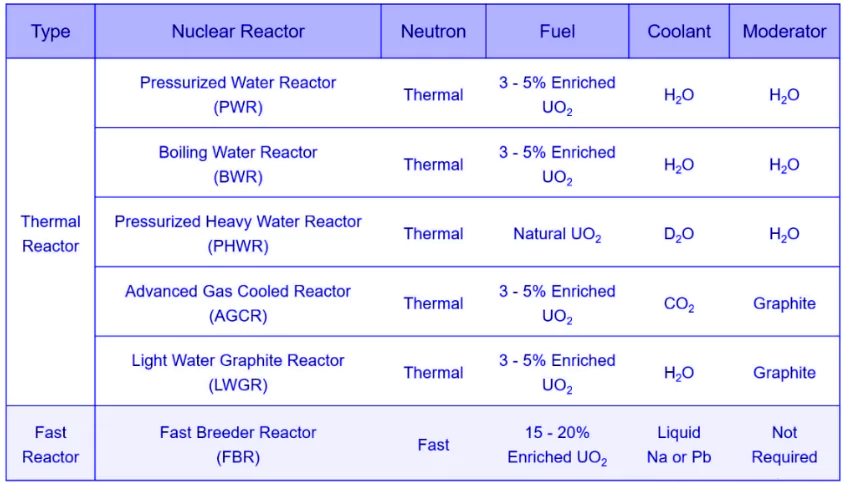
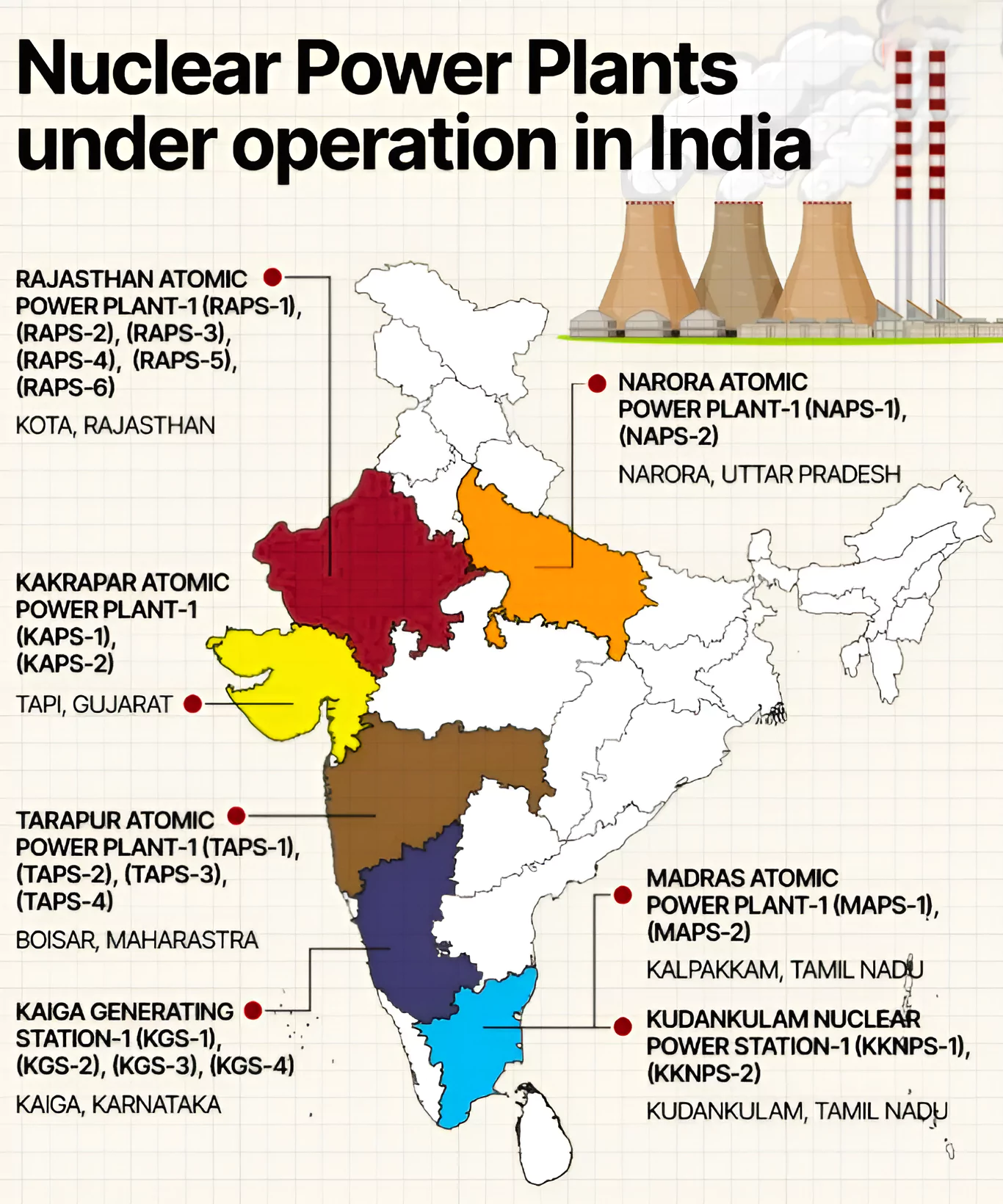 The first criticality is the start of a controlled fission chain reaction. After the fission, the heat is used to make steam that turns a turbine and produces electricity.
The first criticality is the start of a controlled fission chain reaction. After the fission, the heat is used to make steam that turns a turbine and produces electricity.Source: AIR
| Must Read | |
| NCERT Notes For UPSC | UPSC Daily Current Affairs |
| UPSC Blogs | UPSC Daily Editorials |
| Daily Current Affairs Quiz | Daily Main Answer Writing |
| UPSC Mains Previous Year Papers | UPSC Test Series 2024 |
Recently, A study published in the journal ‘Environment Research’ finds that the tropical glaciers in East Africa are shrinking at a fast pace due to Climatic Factors.
| Deglaciation: Deglaciation refers to the retreat or melting of ice sheets and glaciers.
Effects of Deglaciation:
|
|---|
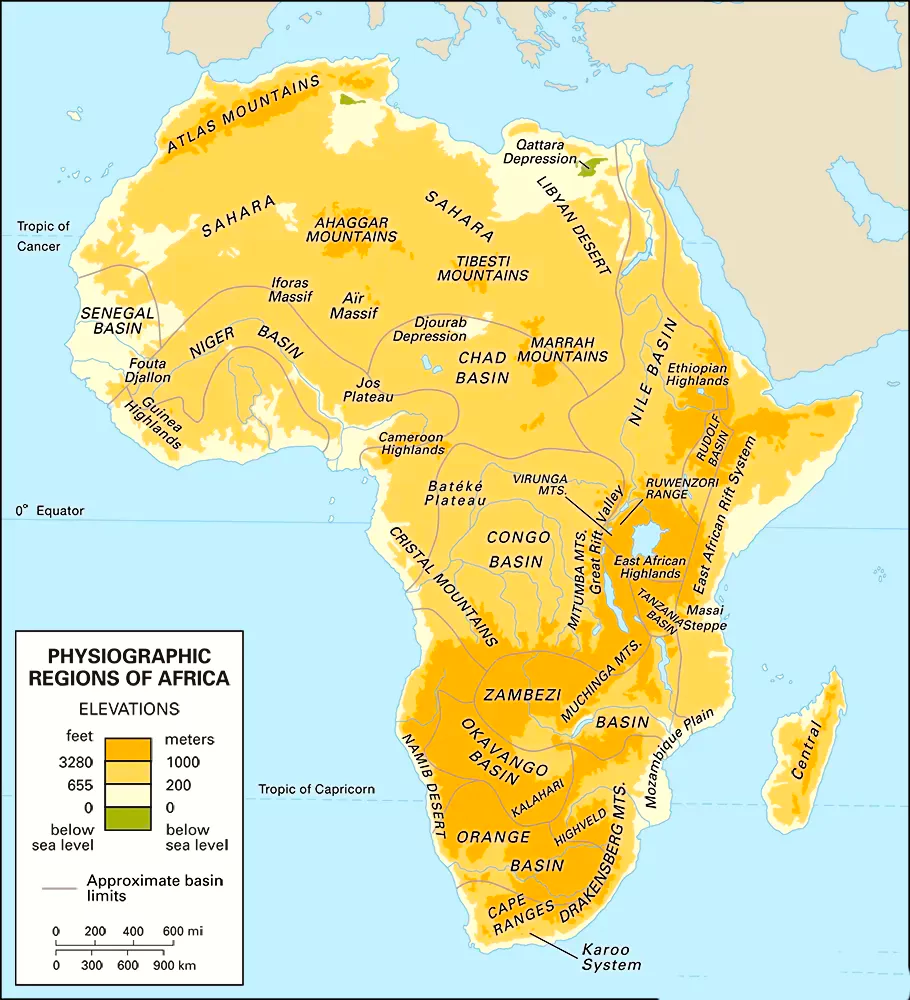
News Source: DTE
| Must Read | |
| NCERT Notes For UPSC | UPSC Daily Current Affairs |
| UPSC Blogs | UPSC Daily Editorials |
| Daily Current Affairs Quiz | Daily Main Answer Writing |
| UPSC Mains Previous Year Papers | UPSC Test Series 2024 |
A synthetic antibody (human) has been developed to neutralise a potent neurotoxin produced by snakes by scientists at the Indian Institute of Science (IISc.) Bengaluru.
Snake Bite in India: Statistics
Antibodies
|
|---|
News Source: The Hindu
| Must Read | |
| NCERT Notes For UPSC | UPSC Daily Current Affairs |
| UPSC Blogs | UPSC Daily Editorials |
| Daily Current Affairs Quiz | Daily Main Answer Writing |
| UPSC Mains Previous Year Papers | UPSC Test Series 2024 |
Recently, India hit a target towards eliminating Kala Azar as reported less than one case per 10,000 population across all blocks in 2023.
National Vector Borne Diseases Control Programme (NVBDCP)
|
|---|
Neglected Tropical Disease(NTDs):
|
|---|
| Post Kala-azar Dermal Leishmaniasis (PKDL): It develops when Leishmania donovani infiltrates and proliferates within skin cells, leading to the formation of skin lesions. While PKDL generally arises subsequent to kala-azar treatment. |
|---|
News Source: IE
| Must Read | |
| NCERT Notes For UPSC | UPSC Daily Current Affairs |
| UPSC Blogs | UPSC Daily Editorials |
| Daily Current Affairs Quiz | Daily Main Answer Writing |
| UPSC Mains Previous Year Papers | UPSC Test Series 2024 |
Recently, WHO’s weekly epidemiological report highlighted just six cases were identified of Guinea worm disease in 2023.
Current Status of GWD :
|
|---|
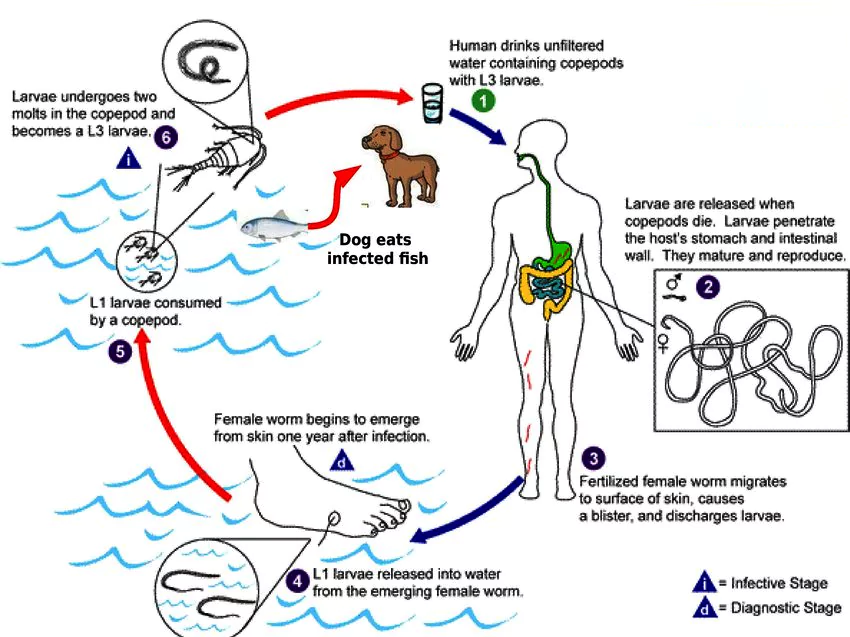
News Source: The Hindu
| Must Read | |
| NCERT Notes For UPSC | UPSC Daily Current Affairs |
| UPSC Blogs | UPSC Daily Editorials |
| Daily Current Affairs Quiz | Daily Main Answer Writing |
| UPSC Mains Previous Year Papers | UPSC Test Series 2024 |
The year 2024 will complete 75 years of diplomatic relations between India and Denmark
The Raisina Dialogue
|
|---|
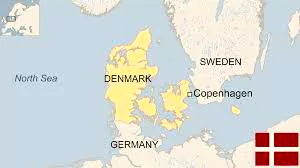
News source: News on AIR
| Must Read | |
| NCERT Notes For UPSC | UPSC Daily Current Affairs |
| UPSC Blogs | UPSC Daily Editorials |
| Daily Current Affairs Quiz | Daily Main Answer Writing |
| UPSC Mains Previous Year Papers | UPSC Test Series 2024 |
Recently, Coal/Lignite PSUs have adopted the Miyawaki plantation method to transform Landscapes for the Benefit of Coal Communities under sustainable greening initiatives.
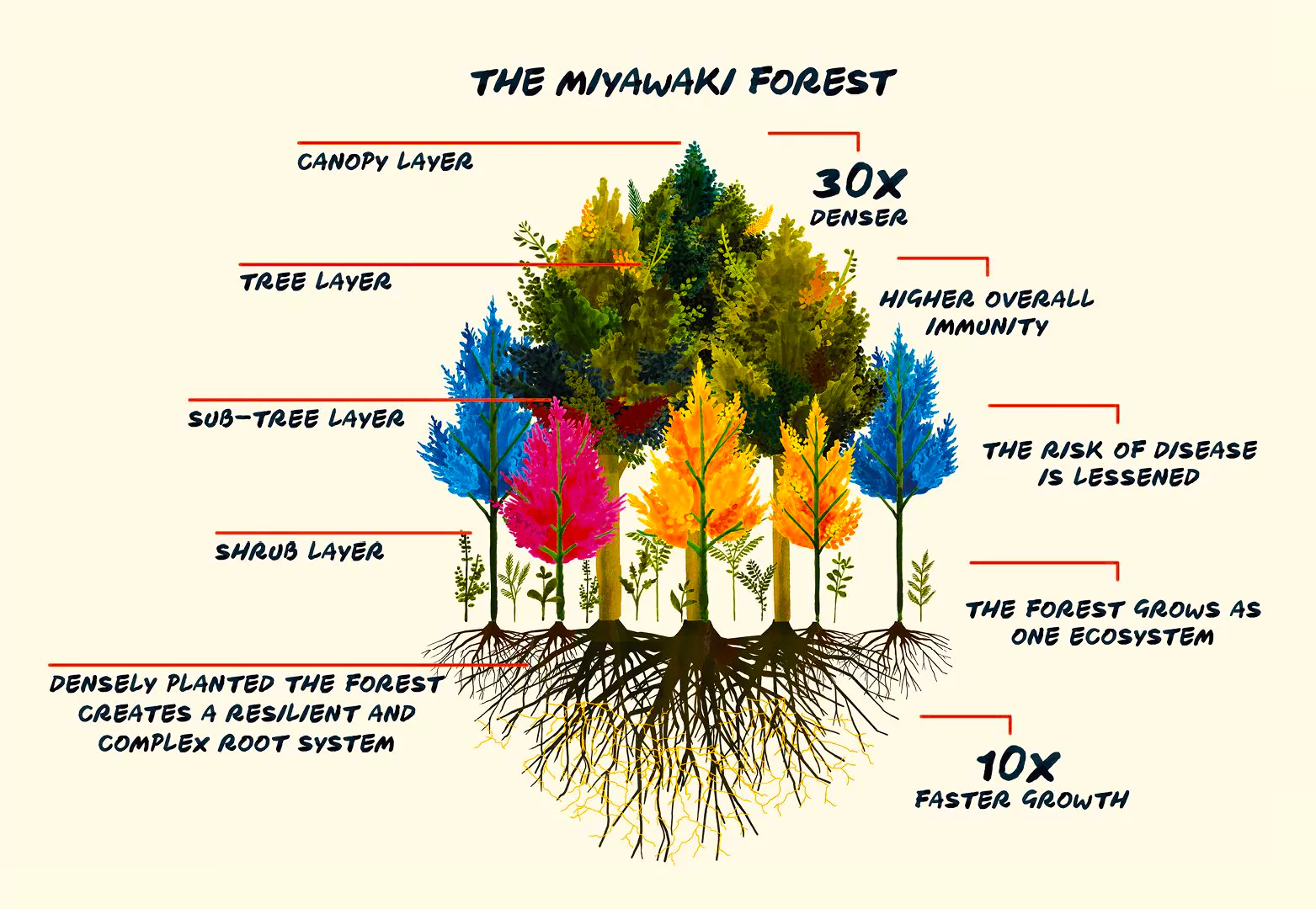
News Source: PIB
| Must Read | |
| NCERT Notes For UPSC | UPSC Daily Current Affairs |
| UPSC Blogs | UPSC Daily Editorials |
| Daily Current Affairs Quiz | Daily Main Answer Writing |
| UPSC Mains Previous Year Papers | UPSC Test Series 2024 |
Recently, the Supreme Court disallowed the reopening of Vedanta’s Sterlite copper smelting plant in Tamil Nadu’s Thoothukudi.
Pollution Control Boards in IndiaCentral Pollution Control Board (CPCB):
About State Pollution Control Board (SPCB):
|
|---|
News Source: The Hindu Business line
| Must Read | |
| NCERT Notes For UPSC | UPSC Daily Current Affairs |
| UPSC Blogs | UPSC Daily Editorials |
| Daily Current Affairs Quiz | Daily Main Answer Writing |
| UPSC Mains Previous Year Papers | UPSC Test Series 2024 |
This article is based on the news “When can a bill be designated as a ‘money bill’: SC to hear challenge” which was published in the Indian Express.
There has been a rising debate on the demand for Supreme Court Regional Benches after the recommendation of the Law Ministry.
| Relevancy for Prelims: Parliamentary Standing Committee, Supreme Court Of India, Indian Constitution, and Articles 32, 131 and 143 of the Constitution of India.
Relevancy for Mains: Need for the Supreme Court Regional Benches: Background, Need, Significance, Challenges, and Way Forward. |
|---|
About Supreme Court
|
|---|
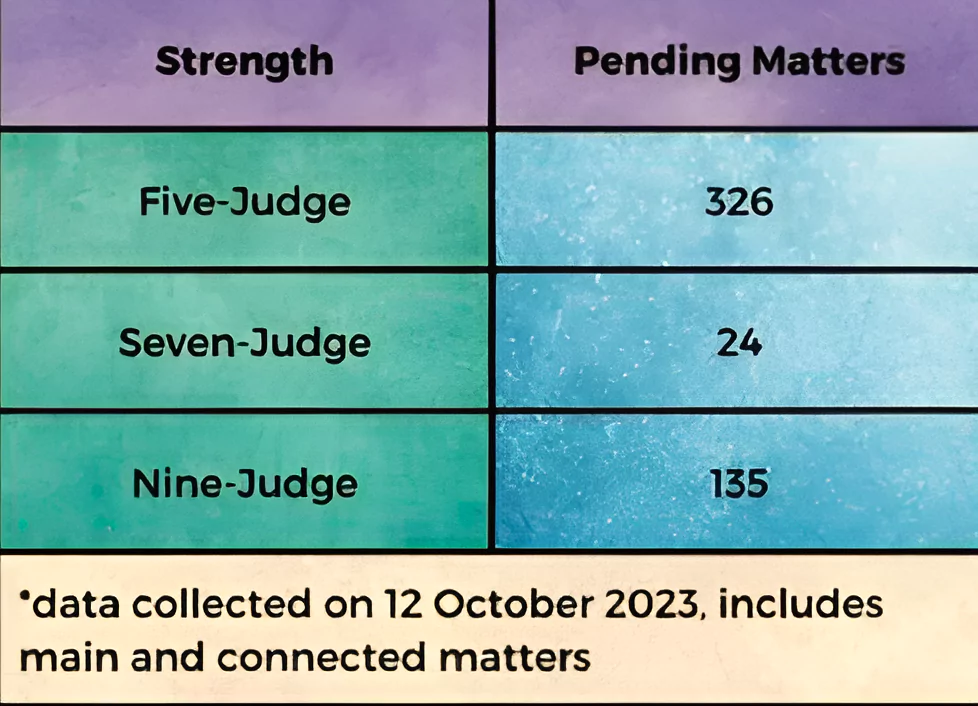
|
|---|
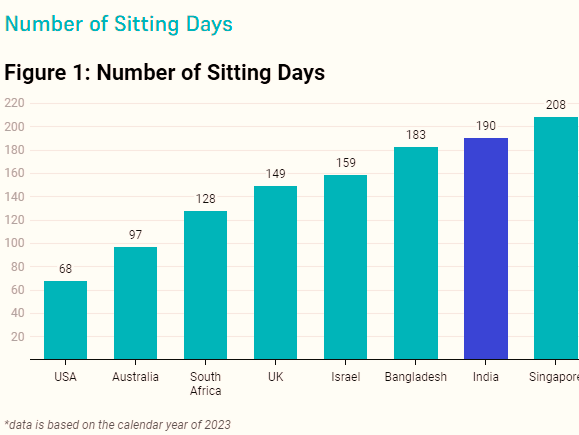 The formation of Supreme Court Regional Benches will increase the number of judges’ seats.
The formation of Supreme Court Regional Benches will increase the number of judges’ seats. The establishment of Supreme Court Regional Benches presents a significant step towards enhancing access to justice and expediting the legal process across the diverse landscape of the nation.
News Source: Writing Law and The Hindu
| Must Read | |
| NCERT Notes For UPSC | UPSC Daily Current Affairs |
| UPSC Blogs | UPSC Daily Editorials |
| Daily Current Affairs Quiz | Daily Main Answer Writing |
| UPSC Mains Previous Year Papers | UPSC Test Series 2024 |
This article is based on the news “The women of ASHA: overworked, underpaid and on the edge of breakdown” which was published in the Hindu. A recent study investigating the life of ASHA workers brought out the despicable situation of ASHA workers being overworked, underpaid and on the edge of breakdown.
| Relevancy for Prelims: Health, Integrated Child Development Services Scheme, National Digital Health Mission, and Role Of Government In Health.
Relevancy for Mains: Roles and Responsibilities of ASHA Workers in India. |
|---|
About Anganwadi Workers (ANWs) and ANM Workers (Auxiliary Nurse Midwife):
|
|---|
Measure to Improve Condition of ASHA Workers
|
|---|
| Must Read | |
| NCERT Notes For UPSC | UPSC Daily Current Affairs |
| UPSC Blogs | UPSC Daily Editorials |
| Daily Current Affairs Quiz | Daily Main Answer Writing |
| UPSC Mains Previous Year Papers | UPSC Test Series 2024 |
SC Verdict on Newsclick Shows Adherence to Due Pro...
Stay Invested: On Chabahar and India-Iran Relation...
Credit Rating Agencies, Impact on India’s De...
Catapulting Indian Biopharma Industry
Globalisation Under Threat, US Import Tariffs Have...
Global Report on Hypertension, Global Insights and...
<div class="new-fform">
</div>
